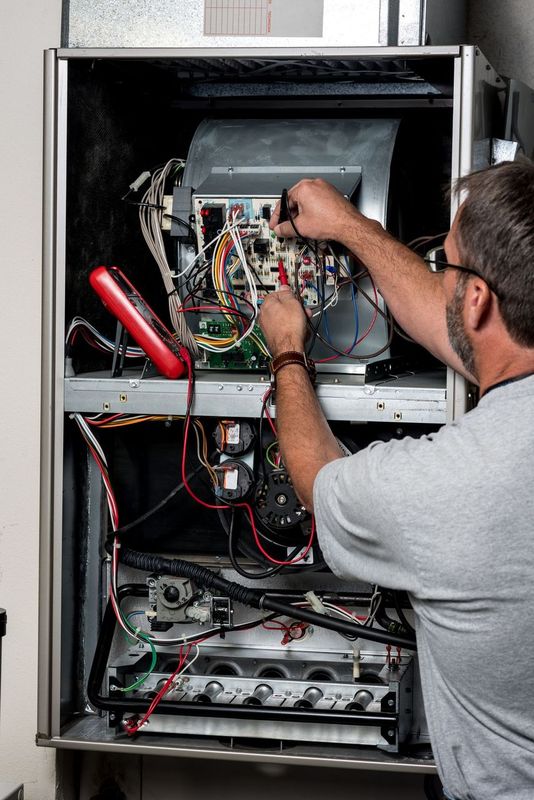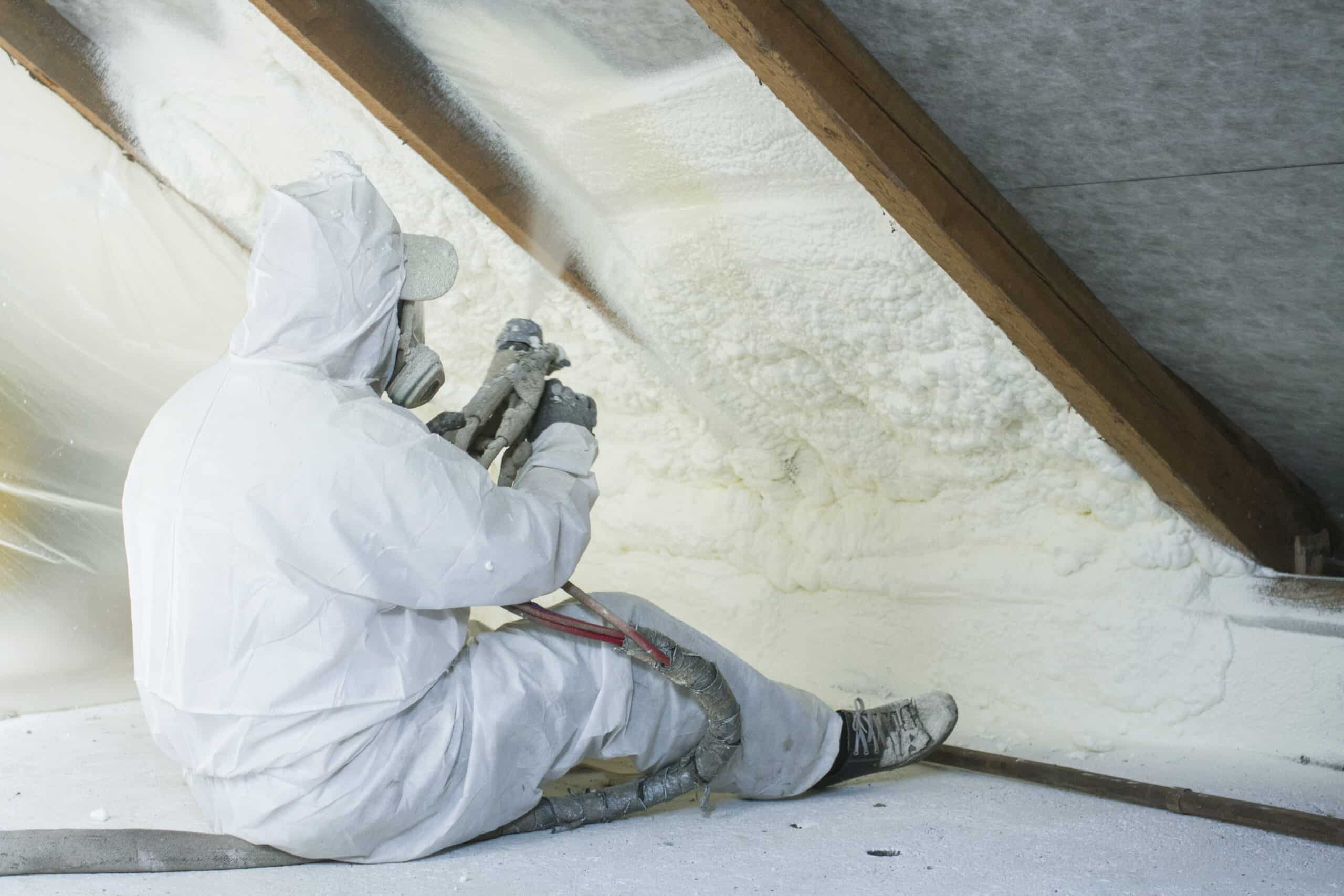Examine This Report on Green Attics
Table of ContentsAn Unbiased View of Green AtticsGetting The Green Attics To WorkThe Buzz on Green AtticsNot known Details About Green Attics 8 Easy Facts About Green Attics ExplainedThe Only Guide to Green AtticsThe Best Guide To Green Attics
Around the chimney. Building ordinance call for that air rooms in between chimneys and floor or ceiling assemblies whereby they pass be secured with a non-combustible fire stop (see Figure 5-3 and Figure 5-4). Along the side of common walls. There is usually a void between the party wall surface (such as the common wall in between units in duplexes, triplexes and row homes) and the edge of the attic room flooring.
A hefty polyethylene sheet which is caulked with acoustical sealant and stapled to the ceiling encases the electric box. An electrical cord diverts from the electrical box and down via an opening into an indoor wall. Holes around electric cables are filled with caulking or foam sealer, and caulking seals spaces along the top of the indoor wall surfaces.
Attic ventilation offers a number of purposes. Radiant barriers. It minimizes summer heat buildup, extending the life of roof and lowers air conditioner lots. After air sealing, attic room air flow is your second line of protection against the water vapour that may have discovered its way into the attic room. It guarantees a colder, well-vented attic area much less susceptible to the development of ice dams at the eaves.
The 5-Second Trick For Green Attics
You may have to find roof or soffit vents from outdoors if they are not plainly noticeable from inside the attic room. Residences with actually peaked roof coverings and available attics are the simplest to vent by utilizing the proportion of 1 to 300. This proportion refers to unblocked vent area to the insulated ceiling location.

The adhering to Parts detail the ideal approach depending on your attic type. After you have actually examined the attic and carried out any type of restorative job, focus first on air and moisture control.
What Does Green Attics Do?
On the various other hand, spray foam offers air sealing and a preliminary layer of high quality insulation that can be topped as much as the preferred RSI (R) level. If the attic room retrofit is being completed along with indoor remodellings, the easiest strategy is to set up a new, solitary air and vapour barrier on the bottom of the ceiling joists.
Spray foam or stiff board insulation can assist bridge the space in this area. Cut inflexible board to fit between the ceiling joists and to expand from the exterior wall leading plate toward the attic room.
Eliminate existing insulation from the location you are functioning on and establish it to one side. Caulk all sides, gaps and joints, see Figures 5-10 and 5-13.
Spray foam service providers can install closed-cell foam in between the joists to air seal and add insulation at the same time to the ceiling. All existing insulation and dust need to be gotten rid of first to permit a good bond. A minimum of 50 mm (2 in.) is needed; top up with other insulation after that.
Some Ideas on Green Attics You Need To Know
(https://greenatt1cs.bandcamp.com/album/green-attics)
This removes roofing system airing vent and produces what is called a warm roofing system, where the attic room area comes to be part of the conditioned (warmed and cooled) house space. This process may appropriate for some attic rooms, yet do not proceed without authorization from your building assessor, and after that just utilize a licensed spray foam professional that is familiar with the process.
If there are obstructions above the joists, such as with a truss roof covering, it may be most convenient to place batt insulation into the joist spaces and after that use loose-fill insulation to produce a full blanket of insulation over the joists and around all obstructions. Loose-fill insulation is additionally good on its own, specifically in irregular or obstructed rooms.

Facts About Green Attics Uncovered
Usage baffles in between each rafter space to stop it from being blocked (see Number 5-11). Insulate over and below cross bracing, splitting or reducing the batt to suit the cross bracing as shown in Number 5-12. Cut one batt right into a series of wedges and after that fit a wedge under each support.
The first layer of batts must be thick enough to totally load to the top of the joist area. The second layer can then run vertical throughout the joists to block any type of warmth flow with and around the joists (see Number 5-13). Solar attic fans. Make sure that there are no voids between the two layers of insulation
Begin at one end of the attic and spread out the covering. Figure 5-11 Baffles can be used to preserve air flow via the soffit vents Text variation Exploded view of baffles in between attic room roofing system joists with arrows suggesting air activity taking a trip from the outside, with a vent in the ceiling overhang, and over the baffles.
More About Green Attics
Number 5-13 The top layer of insulation runs vertical to the bottom layer Text variation Image of layers of batts of insulation in between and above attic room joists. Batts in addition to joists are vertical to batts between joists. A polyethylene sheet is laid under both layers of insulation and affixed to the top of attic room joists by caulking and staples.

If the loosened fill is much deeper than the joists, construct insulation structure (a crib) around the attic hatch to ensure that it can be loaded to the side (see Number 4-7). The bags of insulation product will certainly list the number of square metres (or square feet) each bag need to cover to provide the required RSI value.
The Definitive Guide to Green Attics
If you are having a service provider do the work, determine the RSI value that you want and examine the bags of insulation to be utilized. They must show the area that bag will cover at the selected shielding worth. You and the specialist should after that agree on the complete number of bags to be made use of, the expected shielding value and the minimum settled depth of insulation throughout the attic room, based upon a specific thickness.